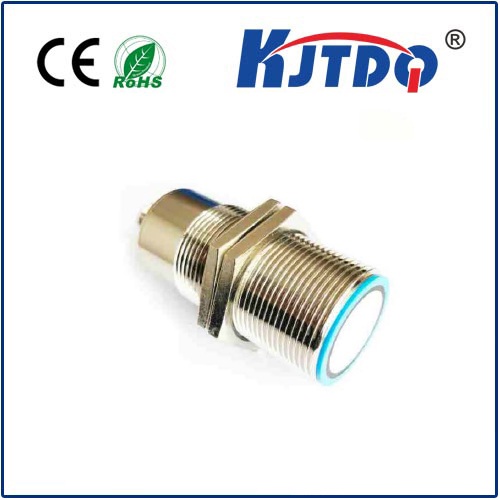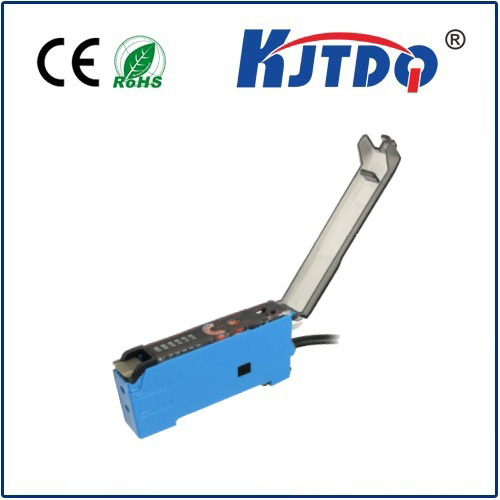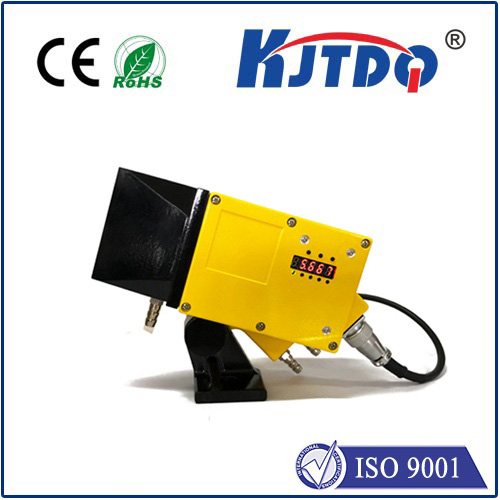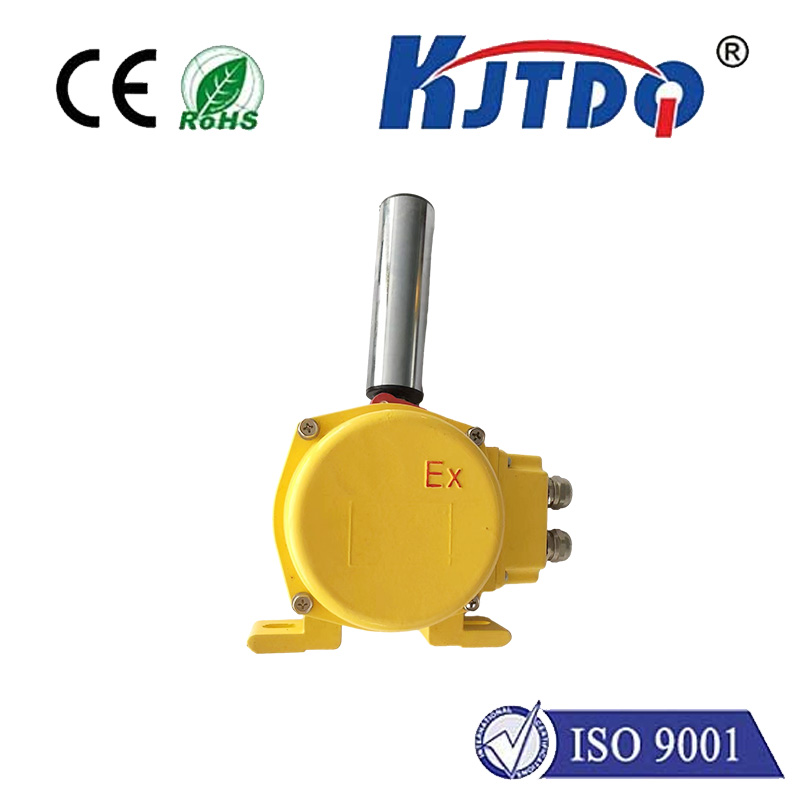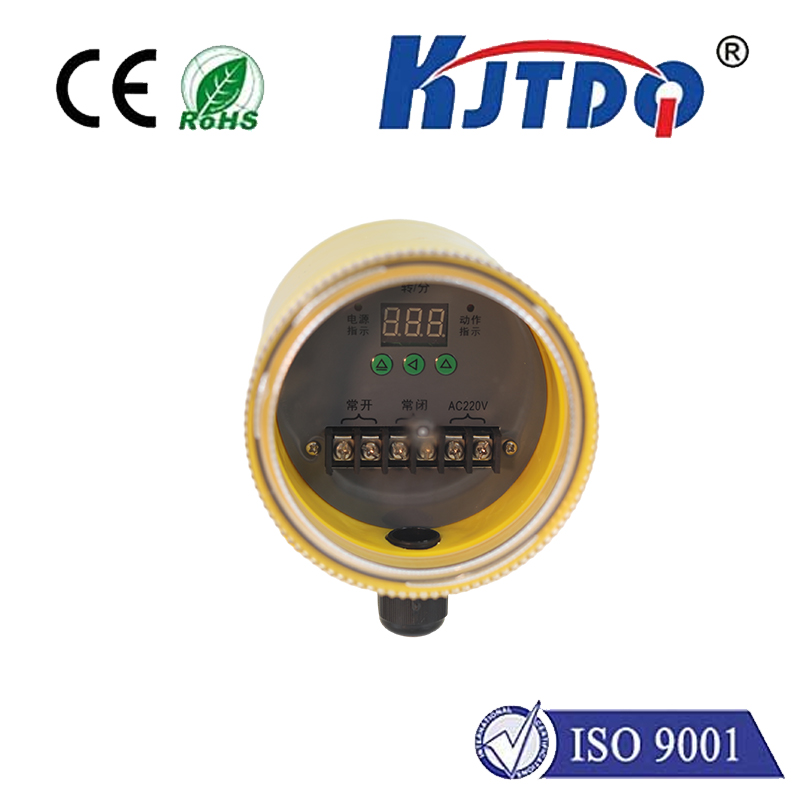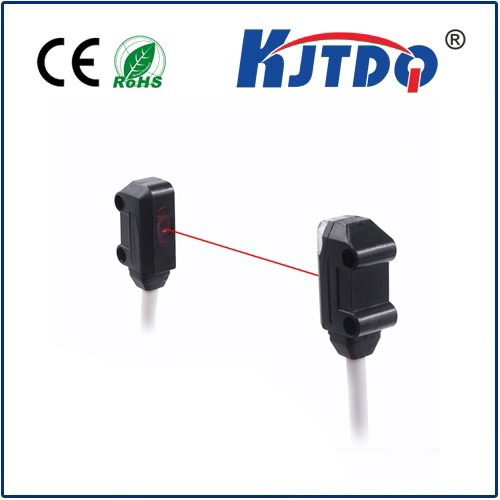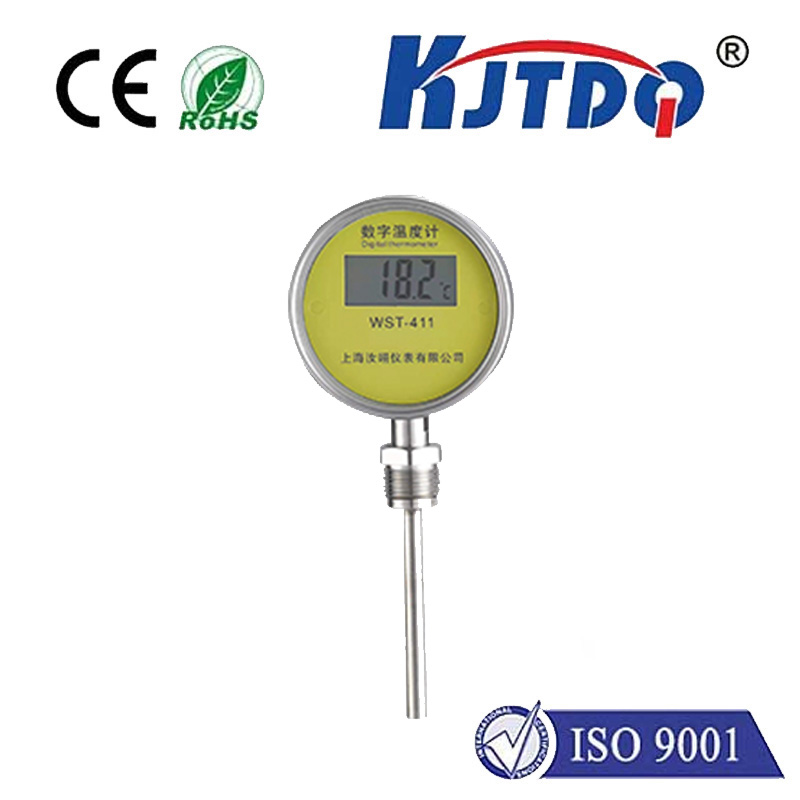Imagine a miniature component zipping along a high-speed production line – a tiny pharmaceutical vial, a delicate electronic connector, perhaps even a single medical tablet. Suddenly, a jam occurs. Was it a missed detection? Traditional photoelectric sensors might struggle here, their larger size making them difficult to install in cramped spaces designed for ever-shrinking products, while limitations in sensing distance could prevent reliable detection in challenging layouts. This is precisely where engineers face a critical bottleneck: ensuring flawless object detection in space-constrained applications without compromising on operational range or reliability. The solution? Turning to specialists designed for this unique duality.
Enter the Omron E3ZM-T83, a beacon of innovation in the world of industrial automation sensors. This device defies conventional expectations by marrying exceptional long-distance detection capabilities with a remarkably compact form factor. Stated simply, the E3ZM-T83 excels at delivering reliable 5-meter (16.4 ft) sensing performance packaged within a miniature cylindrical body measuring just Ø12 mm. This unique combination directly addresses the core challenge of deploying effective detection in tight spaces previously deemed off-limits to sensors with similar reach.
The Core Innovation: Defying Size Limitations
The brilliance of the E3ZM-T83 miniature photoelectric sensor lies in its ability to overcome the physical constraints typically associated with long-range sensing. Historically, achieving a stable 5-meter detection range required larger sensors equipped with powerful optics. The E3ZM-T83 shatters this paradigm through sophisticated optical engineering and efficient design. Despite its tiny 12mm diameter, it incorporates a high-performance optical system optimized for the demanding 5m range, making it a genuine long-distance photoelectric sensor in the smallest practical format.
Built Tough for Demanding Environments

Its small size certainly doesn’t equate to fragility. Omron understands that industrial settings are unforgiving. Therefore, the E3ZM-T83 boasts impressive ruggedness, featuring a robust IP67-rated housing (IEC standard). This means it offers complete protection against dust ingress and can withstand immersion in water up to 1 meter deep for 30 minutes. Furthermore, it possesses significant resistance to common industrial chemicals like oils and detergents. This high environmental resistance ensures reliable operation in settings such as packaging machinery facing washdowns, dusty material handling equipment, or automated assembly lines where splashes and debris are commonplace.
Versatility Through Configuration
Understanding that no two applications are identical, the E3ZM-T83 offers crucial flexibility:
Where Miniature Size Meets Long Reach: Key Applications
The unique blend of compactness and a 5-meter detection range unlocks numerous application possibilities where conventional sensors simply cannot fit or perform adequately:
Technical Highlights Enhancing Performance
Beyond the headline specs of size and range, the E3ZM-T83 incorporates features critical for dependable operation:
Selecting the Right E3ZM-T83
Choosing the optimal configuration involves considering your specific requirements:
Investing in Miniature Intelligence
The Omron E3ZM-T83 5M photoelectric sensor redefines what’s possible in automated detection. By successfully merging a compact 12mm diameter with a robust 5-meter sensing range and proven IP67 environmental protection, it solves critical problems in modern manufacturing. Whether it’s ensuring flawless operation on high-speed lines handling miniature electronics, guaranteeing hygiene standards in food processing within tight equipment spaces, or providing reliable long-distance detection in confined machinery, the E3ZM-T83 delivers big performance where space is at an absolute premium. When your application demands “small footprint, long reach, and unwavering reliability,” this miniature powerhouse stands out as an indispensable solution in the evolution of industrial sensing technology.
